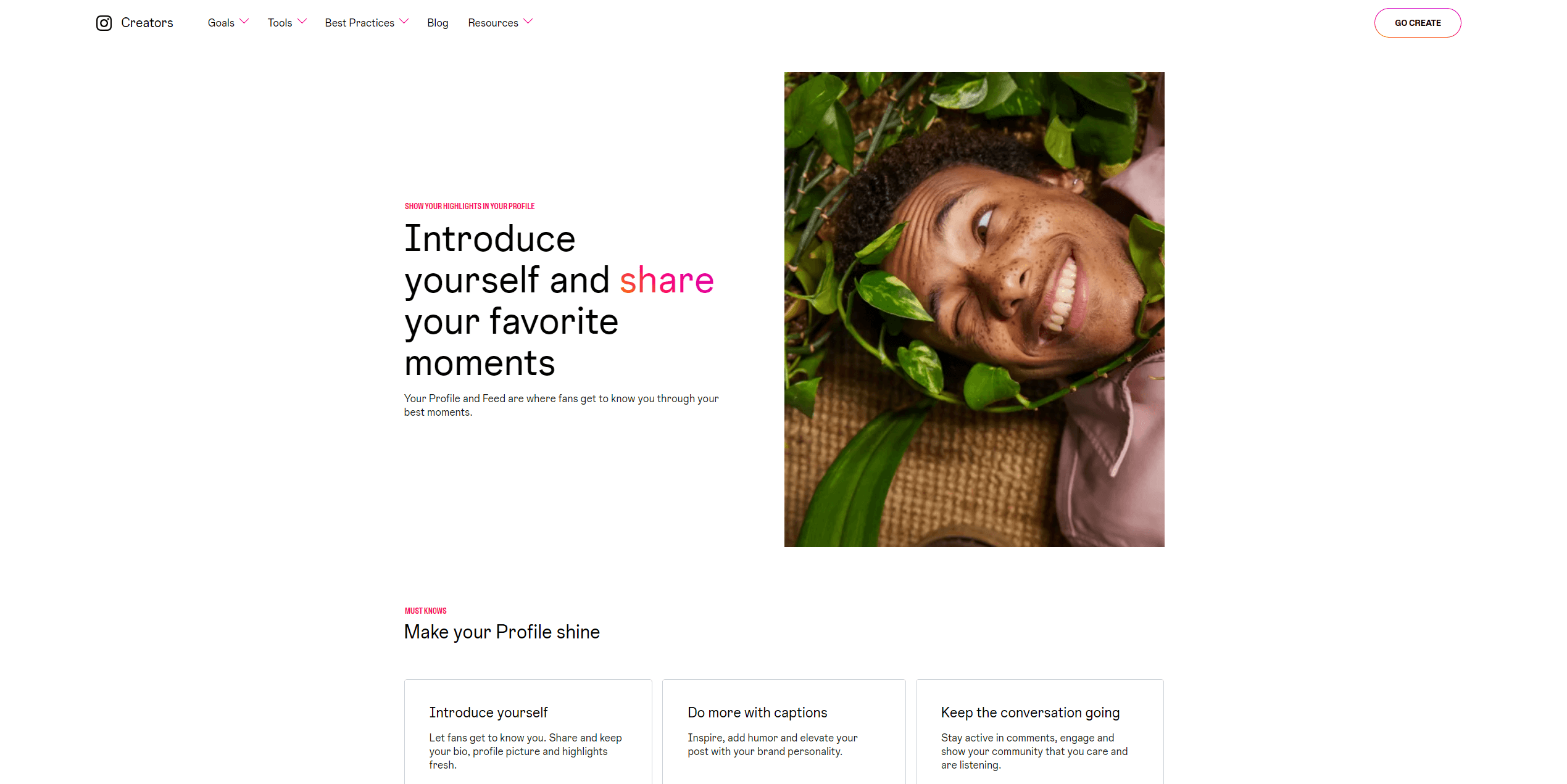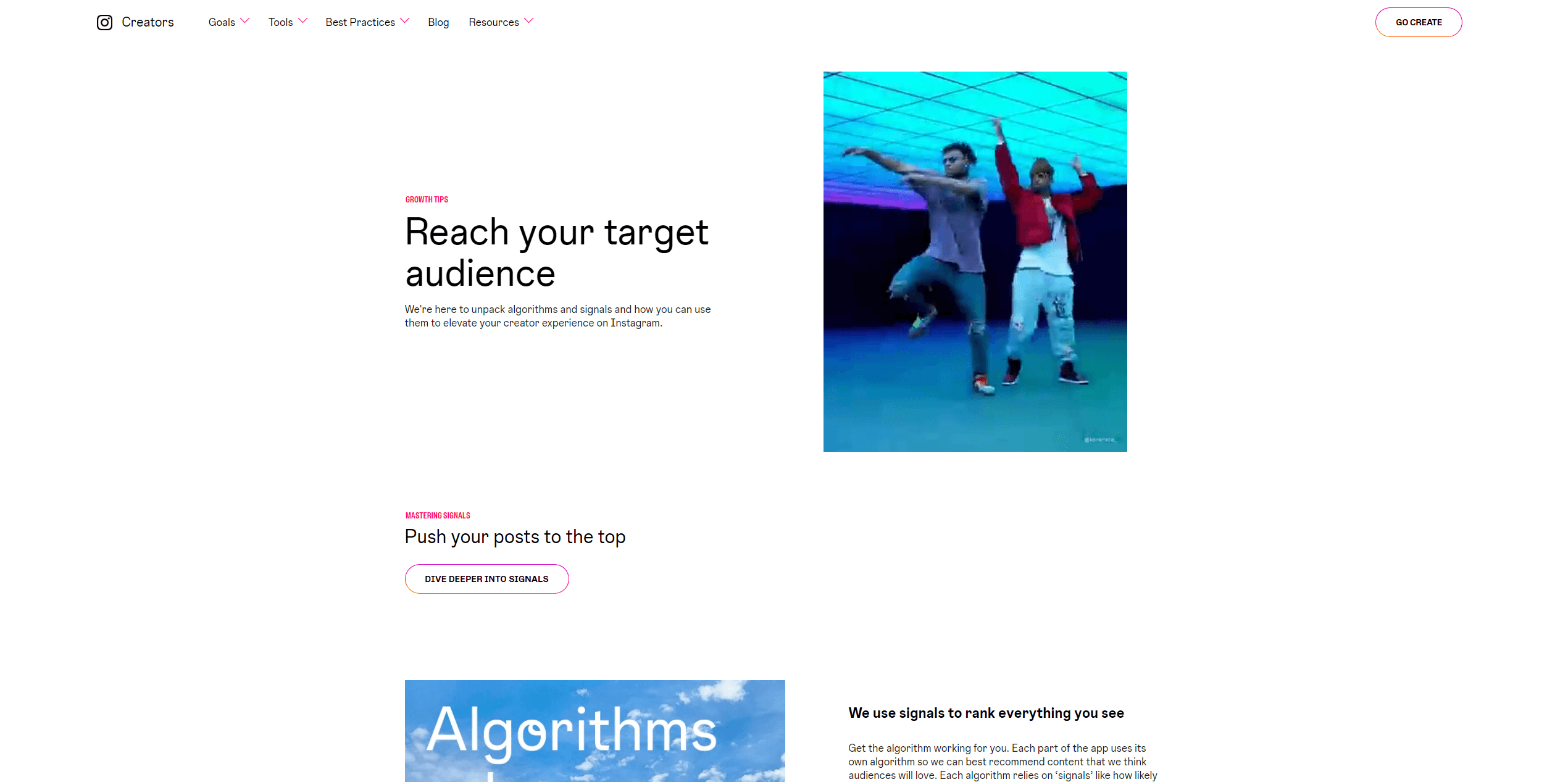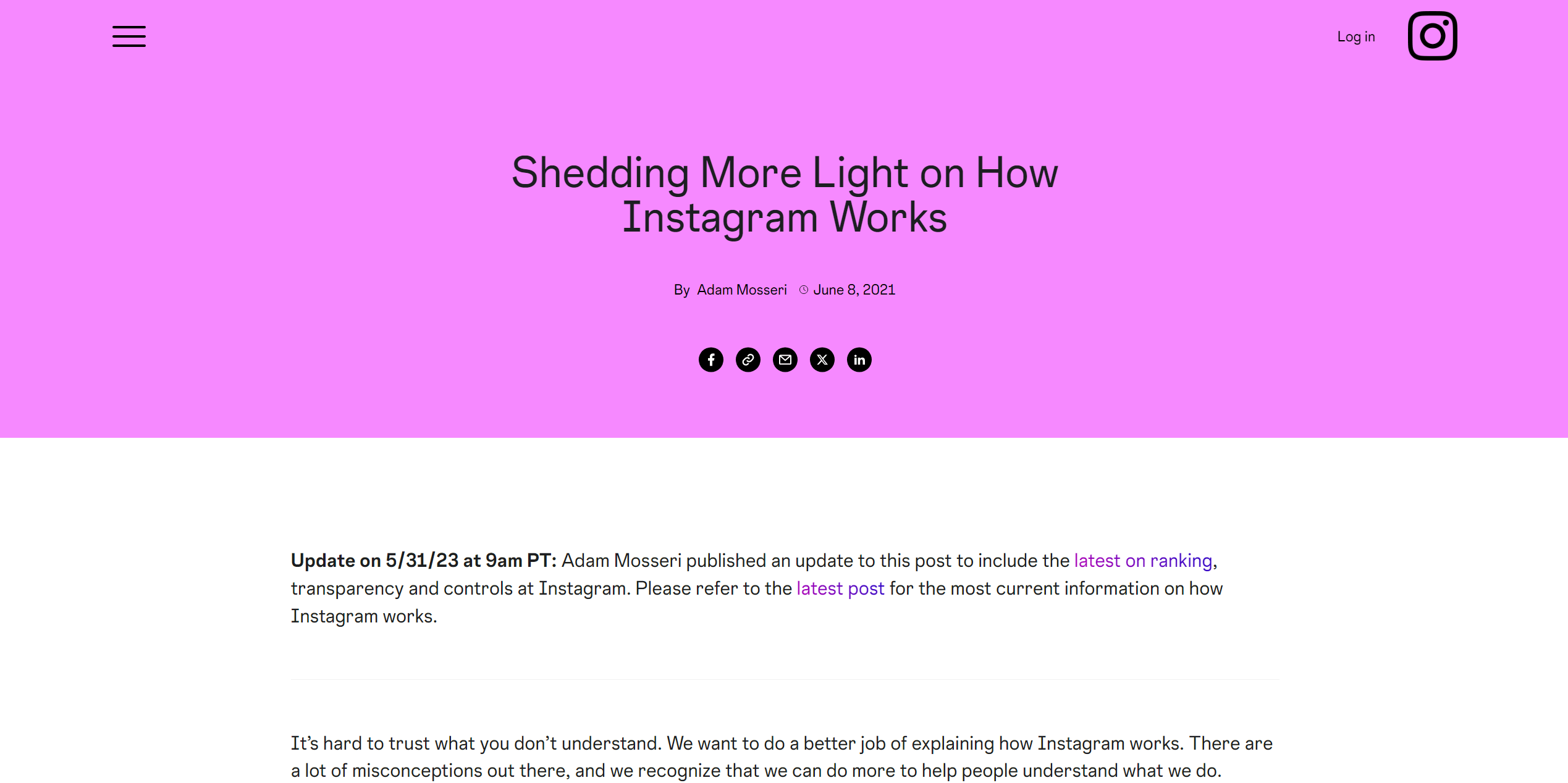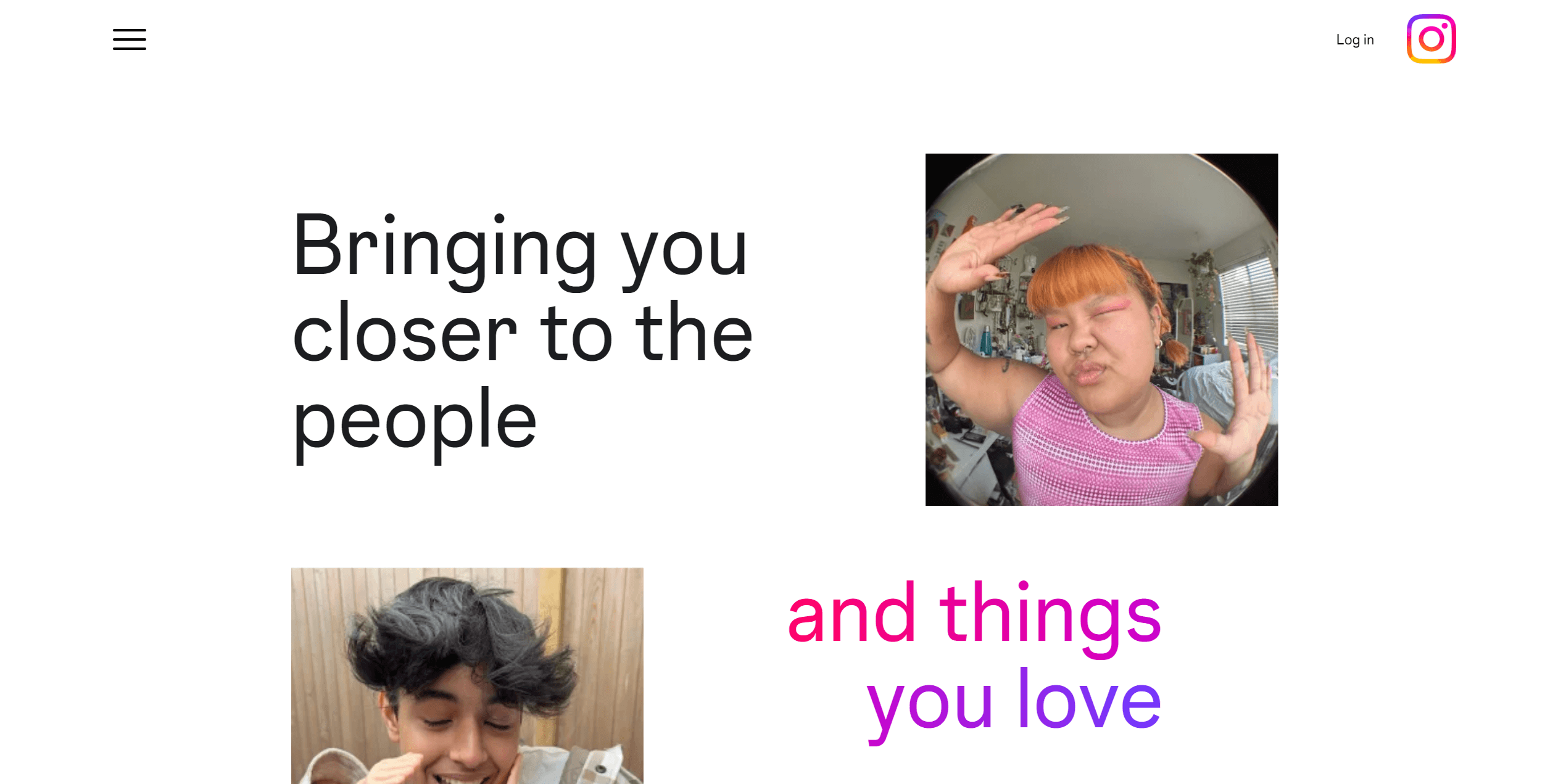How Instagram Uses AI and Machine Learning to Curate Your Feed
Instagram uses AI to curate your feed by analyzing your interactions, interests, and activity across its platform to deliver personalized and engaging content tailored specifically to you. Instagram’s feed is curated behind the scenes by artificial intelligence (AI) and machine learning. Our goal is to make sure that each person understands how Instagram determines what to show you.
Click on each corresponding link to jump ahead:
- Understanding How Your Instagram Feed Works
- Leveraging AI to Understand User Interests
- Ranking Feed Content with Machine Learning
- Balancing Personalization with Variety
- The Risks and Downsides of Using Instagram
- The Impact of Advertising on Feeds
- Why Instagram's AI Matters
- The Future of Instagram Feeds
- Conclusion
If you are interested in AI helping impact your business, contact Profitworks.

1) Understanding How Your Instagram Feed Works
When you open up Instagram, the first thing you see is your home feed. This is a constantly updating stream of posts from accounts you follow, showing the most recent content at the top.
So, how does Instagram decide the order of posts to show you? There are a few key factors:
-
Recency. More recent posts are prioritized higher in your feed. Instagram wants to show you the latest content.
-
Relationships. Posts from accounts you actively engage with are ranked higher. This includes accounts you view stories from, comment on, and send direct messages.
-
Interests. Instagram's AI tries to determine your interests based on the posts you like and accounts you engage with. Content aligned with these is shown higher.
For those looking to boost their presence, some might choose to buy IG followers as a quick way to increase engagement signals, potentially influencing the visibility of their posts.
In Instagram's early days, recency and relationships were the main signals used to rank feed content. However, over time, more advanced AI and machine learning were incorporated to better predict post relevance.
2) Leveraging AI to Understand User Interests
One of the biggest challenges with curating feeds is that user interests are complex and constantly evolving. What you like today may be different than what you like next week.
To address this, Instagram employs deep learning algorithms that can gain a nuanced understanding of individual interests based on different signals:
Analyzing Post Content
Instagram AI analyzes the actual image and video content in each post, detecting objects, themes, scenes, and other attributes. This allows it to discover interests based on the post content itself. For example, if you frequently like dog photos or videos, it will pick up on that interest.
Observing Interactions
Beyond just posting content, Instagram looks at how you interact with different posts—which ones you like, comment on, save, and send to others. This helps reveal your interests based on how you engage with different types of content.
Leveraging Off-Platform Activity
As part of Facebook, Instagram can gain signals about your interests based on your activity across Facebook-owned services. For example, if you join dog-themed Facebook groups or search for dog products on Instagram Shopping, this off-platform activity helps inform your interests.
Expanding with Surveys
Recently, some Instagram users may have seen pop-up surveys asking about brand and creator preferences. By directly asking users about preferences, Instagram can collect more explicit signals about interests and likes/dislikes, improving its AI interest models.
By combining all these signals, Instagram creates an "interest profile" that describes your unique preferences and tastes. This profile can have hundreds of granular interest attributes, enabling highly personalized feeds.
3) Ranking Feed Content with Machine Learning

Source: Instagram
Once Instagram understands user interests with AI, it leverages machine learning algorithms to continually rank and reorder feed content to best match those interests.
Specifically, they train ML models on historical engagement data to predict how likely a user is to interact with a certain post. Posts deemed more engaging are shown higher.
These machine learning models become quite sophisticated, incorporating hundreds of weighted signals:
-
How related is a post to your interest profile?
-
The recent engagement levels for a post.
-
Your history of interacting with the author.
-
The post format—photo, video, etc.
-
Current trends and "momentum" of a post.
-
Related posts you have already seen.
-
How long since you've seen the author?
-
Who else you follow is interacting with a post.
By combining all these signals, the model calculates an overall "engagement score" for each candidate post to show you. Your feed is then ranked to place higher-scoring, more relevant posts on top.
And it's not static—the ML models continuously update the rankings based on your ongoing activity. This means your Instagram feed evolves alongside your changing interests.
4) Balancing Personalization with Variety

Source: Instagram
While highly personalized feeds are important, Instagram recognizes that too much of an "echo chamber" can degrade user experience.
Users also want some variety and the ability to discover new interests—not just see more of what they already like.
To balance these needs, Instagram's feed algorithms also deliberately include posts that are slightly outside your main interests but still have a chance of engaging you.
For example, if hiking is your core interest, you may occasionally see some travel or landscape photos posted by accounts you don't follow closely. This creates just enough variety while still showing mostly very targeted content aligned to your preferences.
5) The Risks and Downsides of Using Instagram

Source: Medium
While Instagram offers personalized content and meaningful engagement, it’s important to understand the potential risks and downsides associated with its use:
Social Comparison and Body Image Issues
Instagram’s emphasis on curated and idealized images can lead users to compare themselves to others, often resulting in feelings of inadequacy or dissatisfaction with their own lives and appearances. This can contribute to poor body image and low self-esteem.
Anxiety, Depression, and FOMO
The constant stream of updates can create a fear of missing out (FOMO), leading to anxiety and depression. Users may feel pressured to keep up with others’ seemingly perfect lives, which can impact mental health.
Addiction
Instagram’s algorithm is designed to keep you engaged, often leading to excessive use and addiction. This can take a toll on productivity, relationships, and overall well-being.
Cyberbullying
With billions of users, Instagram can also become a platform for cyberbullying. Negative comments, harassment, and trolling are unfortunate realities that can harm individuals, particularly younger users.
Sleep Disruption
Scrolling through Instagram late at night can disrupt sleep patterns. The blue light emitted by screens can interfere with melatonin production, making it harder to fall asleep.
Privacy Risks
As a Facebook-owned platform, Instagram collects extensive data on user behaviour. While this enables personalized feeds, it also raises concerns about data privacy and how this information might be used.
Political and Belief Brainwashing
The algorithm’s tendency to create echo chambers can expose users to biased or extreme content, reinforcing certain beliefs without presenting alternative perspectives. This can contribute to polarization and misinformation.
6) The Impact of Advertising on Feeds
It's important to note that advertising and sponsored content also influence what appears in your Instagram feed.
While Instagram's feed algorithms try to seamlessly integrate ads alongside organic content that users are likely to enjoy, ultimately, Instagram is still a business, with advertisers paying to reach users.
So, you will inevitably see some sponsored posts that may not perfectly match your interest profile. Instagram tries to disclose ads clearly and target them based on loose preferences. But ads still create noise, diverting from an entirely personalized feed experience.
7) Why Instagram's AI Matters

Source: Instagram
The AI and machine learning algorithms powering Instagram feeds have very real impacts on average users, influencers, and businesses alike. By optimizing feeds to be hyper-relevant, Instagram changes how we consume and interact with content.
Driving Habit-Forming Engagement
The high degree of personalization in Instagram feeds is very effective at driving user engagement. When you constantly see content you really like, it activates the reward centers in your brain and forms a habit-forming feedback loop. This is why Instagram can be so addictive.
Increasing Influencer Marketing Reach
The better Instagram targets feed based on interest, the easier it is for influencers and creators to reach highly interested audiences. Those passionate about certain topics will see very relevant influencer content in their feeds, increasing the overall reach for branded creator partnerships.
Helping Businesses Find Customers
Likewise, businesses can market products and services more efficiently to potential interested consumers. If Instagram is able to understand that someone is interested in fitness, it’s a whole lot easier for fitness brands or fitness apparel to appear.
Despite the consumption of more targeted content in echo chambers, AI-powered feeds actually result in more engagement, reach, and conversion value for influencer marketing and businesses on Instagram.
8) The Future of Instagram Feeds

Source: Instagram
Instagram will likely continue expanding its use of AI and machine learning to optimize feeds in the future. A few areas in which we may see further personalization include:
Live and Stories Feed
The main Instagram feed shows the latest posts, but they also have feeds dedicated specifically to Live broadcasts and Stories. As these content formats grow, Instagram may apply more personalization to rank relevant Live streams and Story updates higher for each user.
Shoppable Product Recommendations
As Instagram expands its e-commerce capabilities, we can see AI-recommended products in feeds based on our shopping behaviour and interests. This would allow us to target shoppable posts and drive higher conversion rates.
Alternative Feed Formats
Instagram might begin to consider using AI to come up with entirely new feeds tailored to each user. For example, a "Best of the Week" feed could run on algorithms culled from the top content from the last week. Or you could even have a “Fan Favorites” feed that displays the posts with which your closest followers have most recently interacted.
Cross-Platform Coordination
Instagram feeds may also coordinate better with Facebook in the future to balance the content you see across both services. This could help improve overall feed variety and engagement while preventing excessive overlap.
9) Conclusion
Although artificial intelligence (AI) already greatly optimizes Instagram feeds, personalizing content today, over time, it will probably keep improving. Showing consumers material they just cannot avoid interacting with every time they open the app will help to keep them interested. Therefore, the next time you find yourself aimlessly double-tapping on your Instagram, some very advanced data science algorithms are behind the scenes curating that material, particularly for you! Instagram is one of the most popular social media platforms, with more than 2 billion active users monthly. The personalized feed is a big part of what makes Instagram so addictive: you’re browsing content that you want to see based on your likes and interactions.